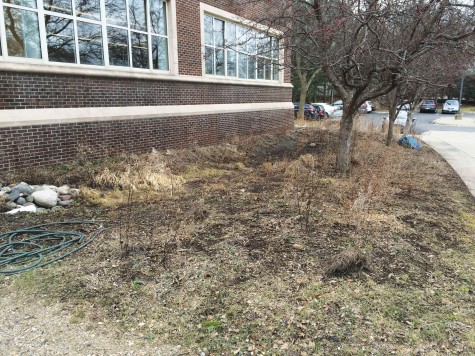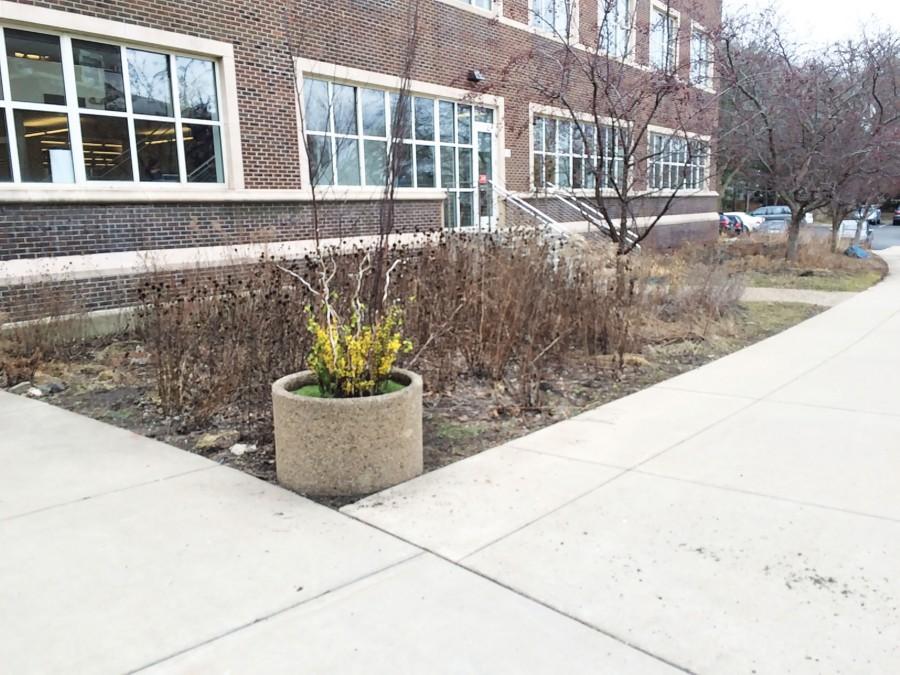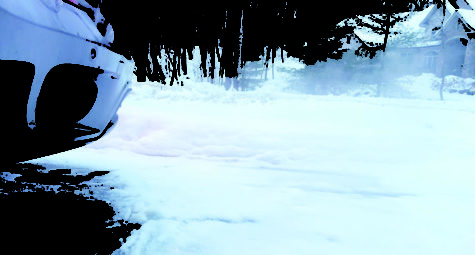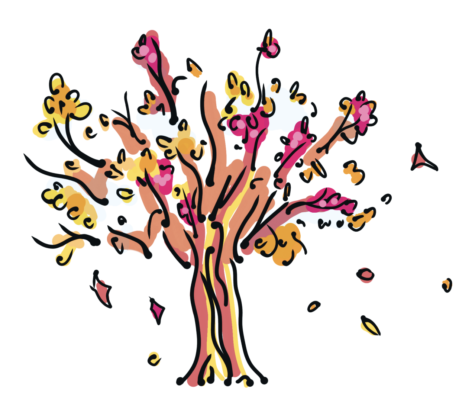The legacy left from 2009: raingardens
The mystery of the plants surrounding the outside of the science wing
The raingarden soaks up run off rain water instead of letting it pick up sediment and flowing into lakes.
To some, the large tall plants encircling the school at the science wing may look like an unruly bunch of weeds, but to Dan Trockman and his environmental science classes, it’s a rain garden. For those who are unfamiliar, a rain garden serves to “capture some of the water flowing off of large structures and to slow it down before it hits parking lots and turf.”
According to Trockman, when water picks up sediments and deposits them in fresh water, it “causes uncontrolled growth of algae and other plant materials.” Subsequently, “when. . . plants go dormant or die, bacteria and other decomposers begin to eat those things and it consumes all of the oxygen in the water” resulting in a die-off in bodies of water.
This cycle continues once the plants die, “they drop the phosphorus there and it starts all over again,” Trockman states. Isabel Norsten ‘16, a student in the environmental science class, notes that the rain garden “helps pollution a lot by absorbing rainwater instead of spreading it with ash and other pollutants into our lakes through our streets.”
The idea for a rain garden was first penned by Trockman in 2009 based off of the city’s efforts to improve urban water quality. His environmental class in 2009 wanted “to do their part by slowing the water down” that was coming out of the school.

The raingarden prevents the uncontrolled growth of algae in lakes, benefiting both the garden and the surrounding lakes.
The senior class of 2009 showed their support by giving the rain garden as a senior gift. Once excavation was done thanks to Natalie Owens Pike ‘07’s father, the environmental class started to plant the garden using only “native species” according to Trockman.
In the spring and fall, the environmental science classes go out and pick invasive species and seeds, while they learn to identify each plant. In addition to benefitting the Blake community, the rain garden provides a habitat for birds and insects. Interestingly, the rain garden can actually “hold thousands of gallons of water” and “some of the plants have roots that are 15 feet.”
Despite the many benefits to the community Trockman has faced a “tremendous amount of pushback” from parents, faculty, and students due to its unruly appearance. Norsten adds that “a lot of people don’t know how beneficial it is or … what it is and honestly it’s just really nice landscape. . . before having the practical use. . . I just think that there’s lack of awareness about what it does.”
As the now brown plants turn green and the flowers begin to bloom, the environmental science classes will work hard maintaining the garden for years to come.







![Campbell is a student that writes by hand for all of his classes, and according to him, he “[finds] it easier to remember stuff if [he] writes it down.”](https://www.blakespectrum.org/wp-content/uploads/2022/12/IMG-0178-356x475.jpg)
![Doran employs a handwritten list in a planner to stay organized, commenting that she just prefer[s] that to typing.](https://www.blakespectrum.org/wp-content/uploads/2022/10/image_67176449-1-356x475.jpg)


adviser • Oct 8, 2016 at 9:23 pm
I love the rain garden! Seeing different plants sprout and bloom in the spring and dry and rest in the fall is fun. It makes coming into school a different experience everyday.